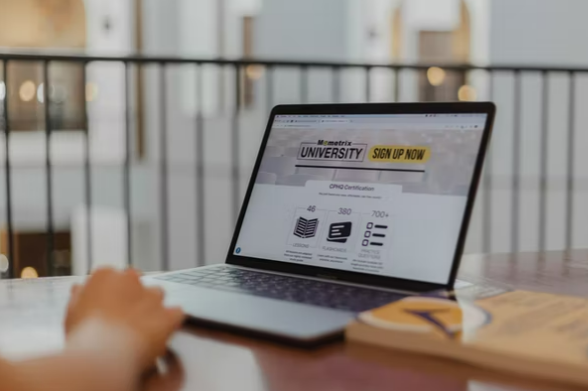Arguably the response to hybrid teaching has been positive on the whole; The Student Futures Commission found that 66% of students would rather a mix of in-person and online teaching. It also found that 45% of students would rather have an in-person experience supplemented by online activities at least once or twice a week and a further 21% wish to study remotely for the majority of the time, with in-person activities once or twice a week.
Despite this popularity, the emergence of a hybrid teaching model is not without problems. The pivot in the delivery of teaching has led to a rise in complaints from some students who argue that their course has been “mis-sold” owing to the proportion of teaching delivered online versus in the classroom. The National Tertiary Education Quality and Standards Agency surveyed 118 higher education providers and found that between 33% and 50% of students were unhappy with online learning. Another recent survey has shown that 54% of participants felt online learning made skills such as critical thinking harder to develop.
Furthermore, the well-being of students has also been affected by this shift, “The huge problem we’re seeing is loneliness, the amount of time people are spending alone,” said Juliette Hussey, vice-president of global relations at Trinity College Dublin. Universities owe a duty of care to students, and with negligence claims and referrals to the Office of the Independent Adjudicator for Higher Education (OIA) on the rise, it is important that policies and support are made available online as well as in-person.
A further area of concern lies in the risk of “digital exclusion”, which applies to students who cannot afford the IT equipment necessary for attending university remotely, thus widening the poverty gap and excluding pools of talent from higher education.
It is important that higher education institutions ensure that they correctly explain and market how their course is going to be taught to students, in terms of the remote versus in-person split, to ensure that the transition is managed correctly and that resources and teaching are made available for all students. This would enable universities to mitigate the risk of leaving themselves vulnerable to claims of mis-selling, or legal action under consumer legislation.
A key step in achieving the right balance is through consultation, involving both students and faculty. A collaborative effort is likely to increase understanding of the issues at hand and result in a dip in complaints as policies will have been drawn up “with” students and staff, rather than imposed upon them.
Hybrid teaching has increased focus on the protection of intellectual property, arguably an institution’s most valuable commodity. One particular area of concern is the use of recorded lectures. It is important to ensure institutions have the correct legal framework in place to protect all intellectual property rights. Without this protection, institutions are at risk of lecturers claiming all recordings are their own IP and they may seek to bring action against institutions for infringing their rights.
Conclusion
The move towards hybrid teaching raises various concerns and hurdles for higher education institutions. It also poses many opportunities, which if capitalised, could lead to institutions flourishing in this new world. With each institution varying in its approach to hybrid learning and digital transformation, it is vital to obtain specific tailored advice on the above issues to avoid any potential legal hurdles or litigation.
Please get in touch at t.dsouza@capitallaw.co.uk if you require any advice or guidance regarding the issues mentioned, or how to ensure you take this opportunity to grow.
Article written with Emily Allison and Freya Piper.



